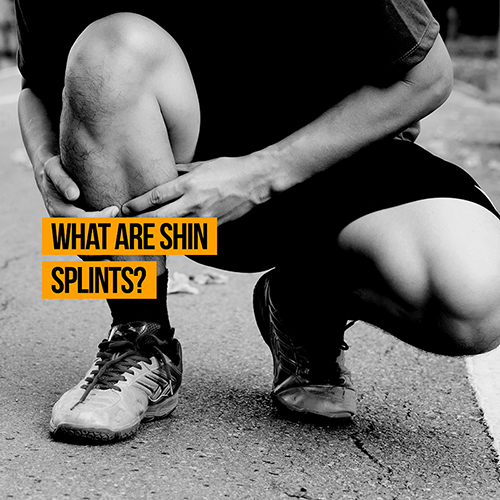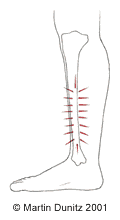Shin Splints is a condition that affects millions of people around the world, however unnervingly many people, and in some cases even the sufferers themselves, are unaware of what shin splints is.
It is important for those who are hampered with Shin Splints to understand the condition, so that they can then build towards reducing the negative impact that the condition can have on their physical capacity.
Therefore, in this post, the specialists at Physio Room have put together an expert guide to provide you with vital information that can help you reduce the pain that you currently suffer from the condition.
How is Shin Splints caused?
First of all, it’s important to establish that ‘shin splints’ aren’t one singular injury. Shin Splints is in fact a collective term that is used to describe multiple different conditions that cause shin pain. The correct medical term for Shin Splints is Medical Tibial Stress Syndrome (MTSS).
MTSS occurs when too much stress is placed on the related muscles, and can occur in a variety of sports from dancing all the way to long-distance running. MTSS is classified in to two distinct types, which affect specific tissues on the inside of the shin:
Type One
Is characterised by a stress reaction on the inside border of the shin bone. A stress reaction is a preceding stage to a stress fracture.
Type Two
Is characterised by irritation of the outer surface (periosteum) of the inside of the shin bone at the point where the Soleus and Tibialis Posterior muscles attach.
Regardless of the type, MTSS is largely caused by over-use, with those who run regularly on hard or uneven surfaces being particularly affected. However, there are a number of factors, such as altered foot, knee and hip posture, which can make a person susceptible to the syndrome.
How to know if you have got Shin Splints
People suffering from Medial Tibial Stress Syndrome will feel pain on the inner border of the shin (medial Tibial border) during and following exercise.
It is important to distinguish MTSS from other causes of shin pain/’shin splints’, such as Compartment Syndrome or a Tibial Stress Fracture.
This can require a complex run through of investigations, such as bone scans and compartment pressure tests under the supervision of a sports physician or orthopaedic doctor.
How to treat Shin Splints
Just like with many other conditions and injuries, the PRICE (Protection, Rest, Ice, Compression and Elevation) protocol is a good place to start. Ice therapy is a super effective form of pain relief in the initial stages of treating your symptoms, so to aid you in this be sure to check out our collection of ice packs and ice wraps.
Commonly, patients will respond well to non-operative treatment. This involves rest, strengthening and stretching exercises, followed by a gradual return to running, or other activity, after the original symptoms subside.
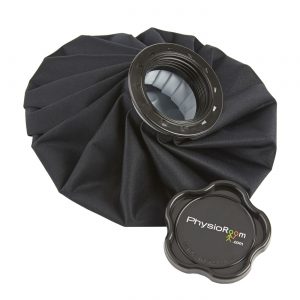
If possible, it can also be beneficial to get in touch with a specialist physiotherapist or podiatrist to fully asses your posture during rest and exercise. This can help in identifying where you can improve your posture and subsequently reduce the chances of your MTSS worsening.
Furthermore, uncontrolled lowering of the arch while running is another contributor to adding stress to the muscles associated with Shin Splints. To help you combat this problem, our Arch Supporting Orthotic Insoles are very effective.
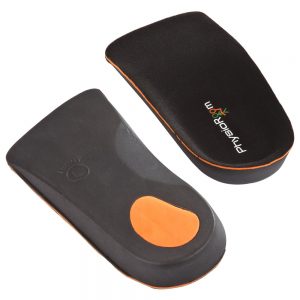
During the downtime period of recovering from Shin Splints, at PhysioRoom we understand that many people will grow frustrated at the lack of exercise that they are able to complete. However there are great methods of maintaining fitness while allowing the injury to heal out there, such as completing non-weight bearing exercises in the swimming pool by wearing a buoyancy belt.
Of course, in some persistent cases of MTSS that have proved resistant to more conservative treatments, surgery may be necessary.
Prevention A wide range of Shin Splints Supports at PhysioRoom
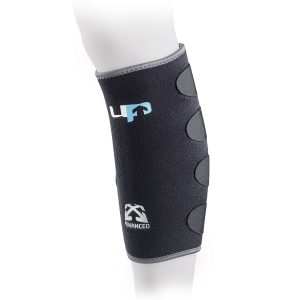
At PhysioRoom, we are proud to regularly provide our customers with Shin Splints Supports that help them get back out there playing the sports that they love.
If you suffer from shin splints and are looking for a support that can provide you with effective prevention and treatment of your condition, check out our wide range of shin splints supports now.


